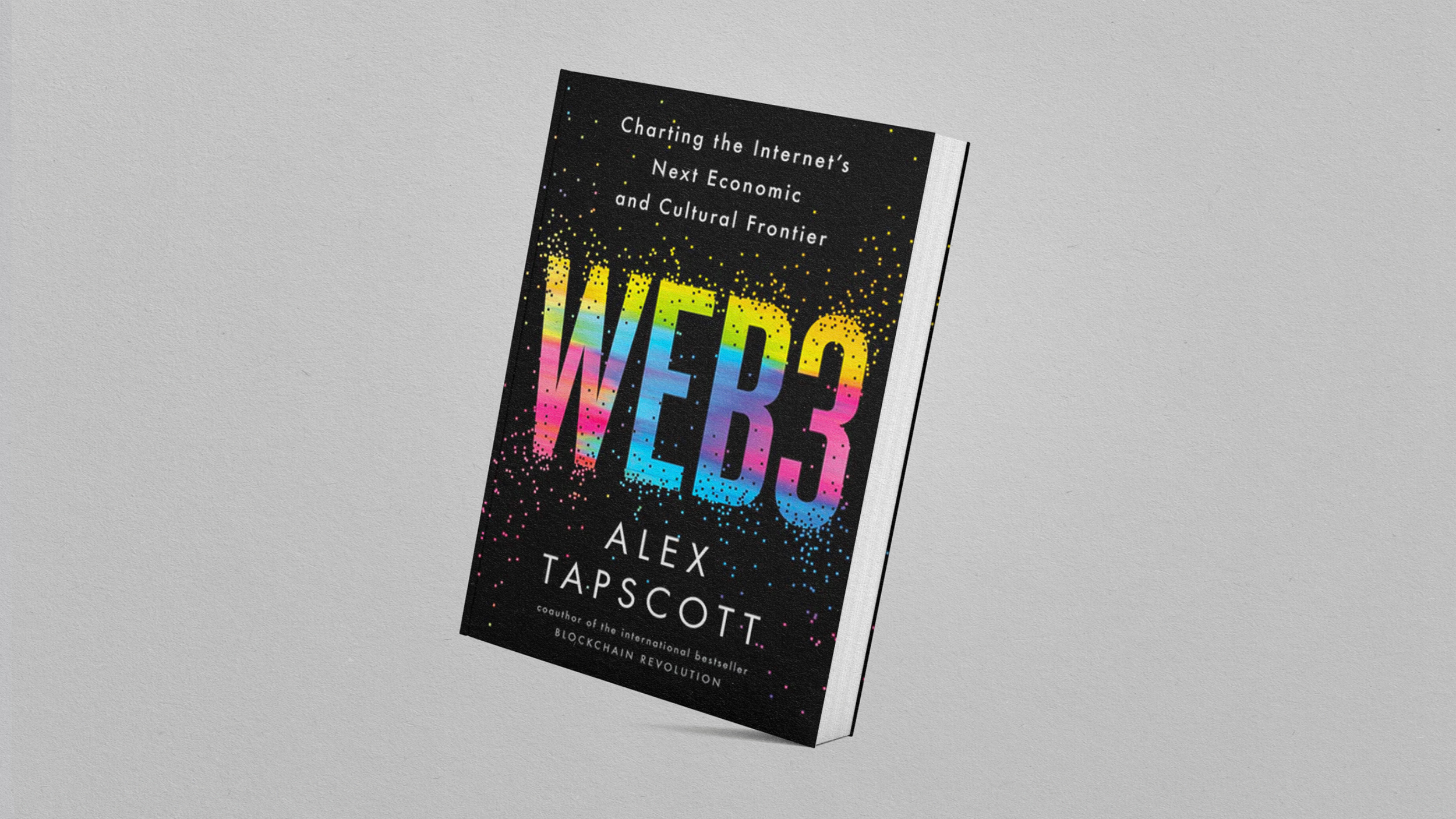Google, Facebook, and others are doubling down on crypto

Shutterstock
- Cryptocurrencies have, until recently, seemed to be in a slump.
- Tech giants including Amazon, Google, Yahoo!, and Facebook are making moves, indicating that cryptocurrencies will soon become a bigger part of their platform.
- This renewed interest and could cause the price of cryptocurrencies to spike again in the near future.
A lot has changed since everyone we knew began panic-buying cryptocurrencies back in December 2017.
Some people are still holding onto their coins, waiting for the next big wave, but for many, there is no doubt that the initial enthusiasm for cryptocurrencies has long since worn off.
Up until recently, most big tech firms had relatively little involvement in the cryptocurrency industry. But now, it looks like many of them have merely been biding their time.
Over the past year, massive companies, including Facebook, Yahoo!, Google, and even Amazon, have showed increased interest in the potential uses and applications of cryptocurrency.
Facebook is launching its own coin
There have been rumors of Facebook getting involved in cryptocurrency since December 2017, when, at the height of the cryptocurrency wave, David Marcus, the former PayPal president and the head of the two biggest social media messaging platforms, Facebook Messenger and WhatsApp, joined Coinbase’s board.
However, he then stepped down from the role in May 2018, reportedly in order to fully focus on merging cryptocurrencies with Facebook and to avoid a conflict of interest.
Most recently, Reuters reported that Facebook registered a new company called Libra Networks on the 2nd of May in Geneva, Switzerland.
There have been rumors that the project is focused on creating a cryptocurrency that will allow Facebook users to transfer money across borders as well as make online purchases.
Yahoo! recently announced a new exchange
Yahoo! owns 40% of the Japanese crypto exchange, Taotao, which it bought in April 2018 for an estimated 2 billion yen (approximately $19 million USD).
The platform seems to be re-entering the market just on time, following the reignited interest among Japanese cryptocurrency holders.
Reportedly, local Japanese digital asset exchanges have witnessed an increase in new accounts of up to 200%.
Initially, the platform will be open for trading Bitcoin and Ethereum, and it will also be open for margin trading for Litecoin, Ripple, and Bitcoin Cash.
Google launched new crypto-related search tools
With over 3.5 billion daily searches, Google is one of the most widely-used search engines around the world.
The platform is currently working on a way to display digital currencies in a more user-friendly manner by showing relevant information such as top stories and other similar suggested digital currencies when a user makes a search.
Right now, the interface only works for a small number of the most popular virtual currencies, such as Bitcoin, Ethereum, and Ripple. However, there are plans to include a much larger range of currencies in the future.
Google has also been combining big data and search algorithms to make information from large blockchains, such as Bitcoin and Ethereum, publicly available to users.
Amazon snaps up domain names and begins to file patents
Last year, Amazon registered a number of new crypto-related domains, including AmazonEthereum.com, AmazonCryptocurrency.com, and AmazonCryptocurrencies.com.
While no official statement was released by Amazon regarding the purchase of these domain names, it has understandably raised speculation that Amazon could be preparing to move into the cryptocurrency market.
In fact, a patent was published earlier this month, revealing that Amazon could be looking into using crypto-related systems, including proof of work and Merkle trees.
How will this affect the users of these platforms?
Many in the cryptocurrency community have expressed no surprise at the entry of tech giants into the field. Beni Hakak, CEO of LiquidApps has commented, saying:
Today, tech giants are in control of their user’s data because their survival depends on it, it’s their core product. They understand that decentralization and blockchain technology will transition ownership of this user data away from themselves and into the hands of the users. In other words, blockchain technology is a direct threat to the status quo.
Fearing for their future, these companies are making strides to harness and morph blockchain technology to fit their own purposes, to afford themselves control again except, this time, it’s not possible. Blockchain is an open-source technology which can’t be controlled by any single entity. Similarly to when the internet disrupted industries across the board, no one can stop the revolution as long as there are people willing to take up the banner of blockchain. Understandably, given the newness of cryptocurrencies, most major tech companies have held back from implementing it right away.
Since the value of cryptocurrencies has dropped, many users have shied away from them.
However, its adoption by these major platforms could help ignite the already renewed interest in cryptocurrencies. Over the next few months, it is likely that we will witness the crypto market pick up again. This could even cause a spike in the value of cryptocurrencies, which is especially welcome news for those who have held on to their coins!
As Anthony Pomp from Morgan Creek recently posted on Twitter, “there’s not a large company in the world who isn’t going to join the revolution.”
But what exactly does this mean for users? Well, the truth is, no one really knows just yet. However, the adoption of cryptocurrencies by such major platforms has made one thing perfectly clear — cryptocurrencies are here to stay.





